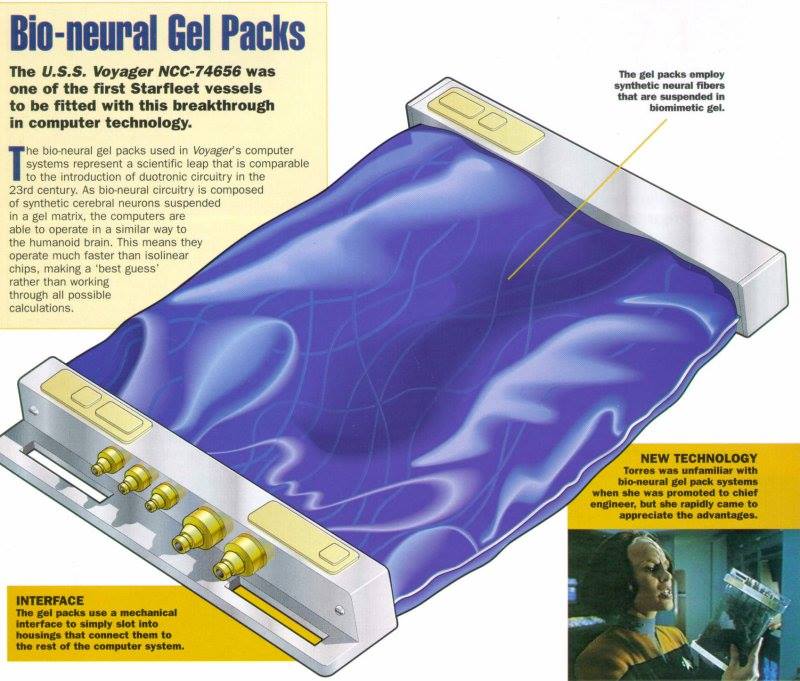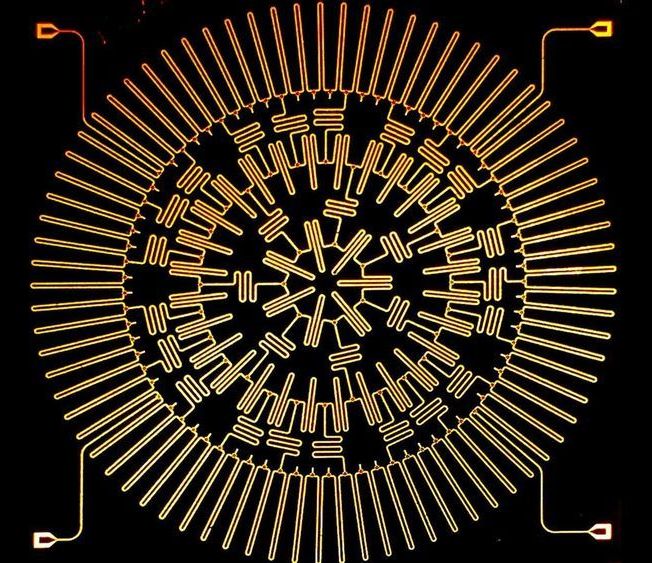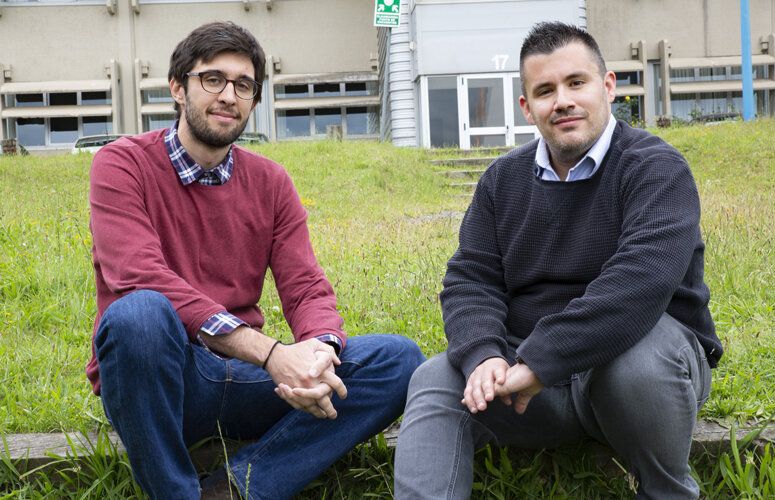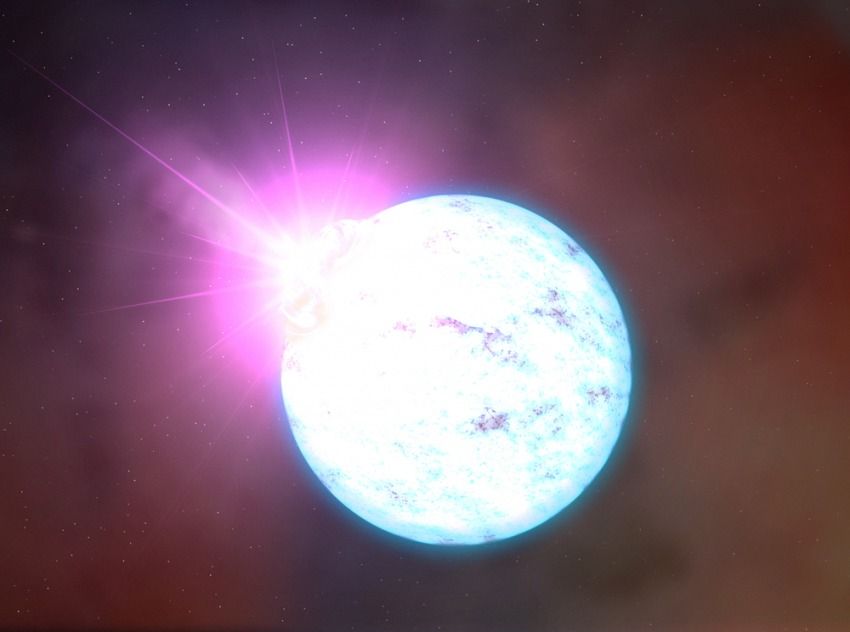Mikel Sanz, of the Physical Chemistry Department of UPV/EHU, leads the theoretical group for an experiment published by the prestigious journal, Nature Communications. The experiment has managed to prepare a remote quantum state; i.e., absolutely secure communication was established with another, physically separated quantum computer for the first time in the microwave regime. This new technology may bring about a revolution in the next few years.
Within the greater European project of the Quantum Flagship, spearheaded by Mikel Sanz—researcher of the QUTIS Group of the UPV/EHU Physical Chemistry Department—an experiment has been conducted in collaboration with German and Japanese researchers who have managed to develop a protocol for preparing a remote quantum state while conducting communication in the microwave regime, “which is the frequency at which all quantum computers operate. This is the first time the possibility of doing so in this range has been examined, which may bring about a revolution in the next few years in the field of secure quantum communication and quantum microwave radars,” lead researcher in this project Mikel Sanz observes.
The preparation of a remote quantum state (known as remote state preparation) is based on the phenomenon of quantum entanglement, where sets of entangled particles lose their individuality and behave as single entities, even when spatially separated. “Thus, if two computers share this quantum correlation, performing operations on only one of them can affect the other. Absolutely secure communication can be achieved,” Sanz explains.







